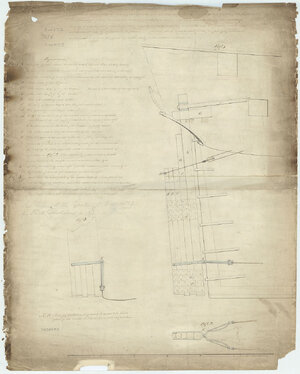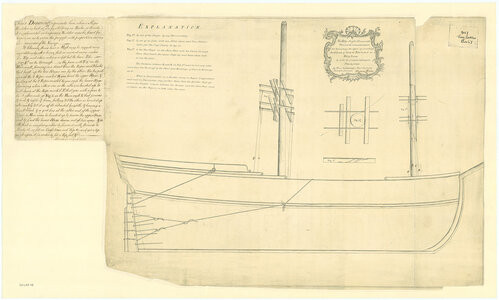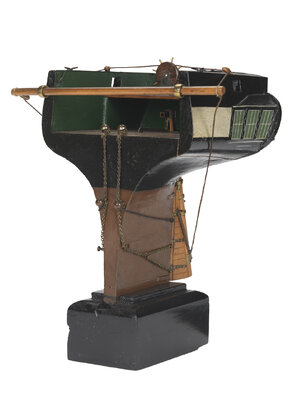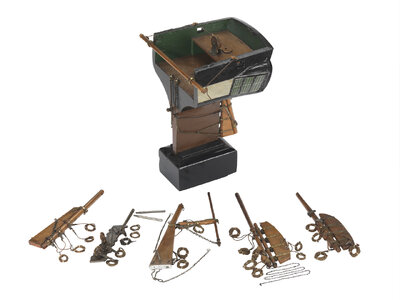The naval history is full of broken or lost rudders
A jury rudder
is a makeshift arrangement to give a ship the ability to steer when it has lost its rudder.
From: jury rig in << The Oxford Companion to Ships and the Sea >>
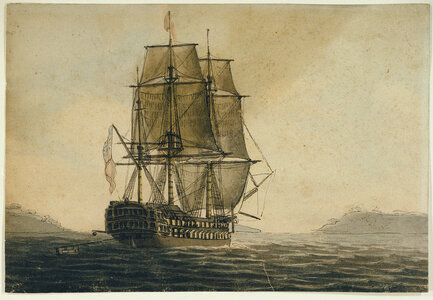
East Indiaman Henry Addington with a jury rudder
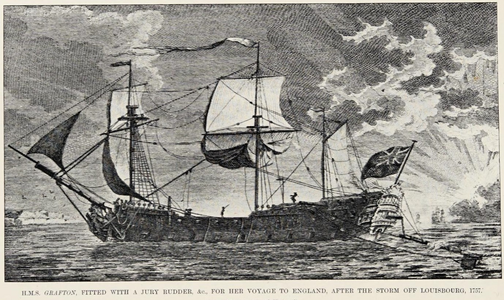
HMS Grafton, fitted with a jury rudder, etc, for her voyage to England, after the storm off Louisbourg, 1757
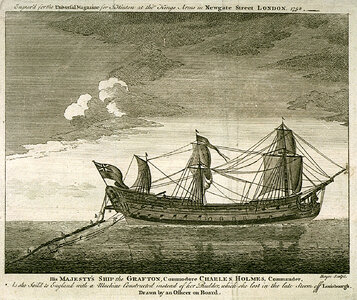
His Majesty's Ship the Grafton Commodore Charles Holmes, Commander, As she sailed to England with a Machine Constructed instead of her Rudder, which she lost in the late storm off Louisbourgh. Drawn by an Officer
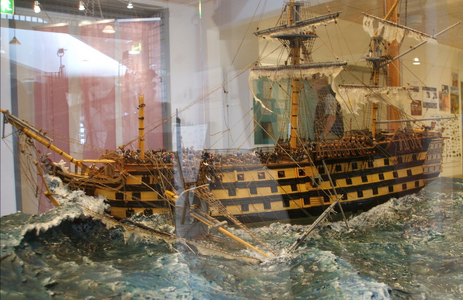
15 November 1811. HMS St. George collides with another ship and sails aground at Rødsand. All masts and the rudder are lost. St. George is freed from the shoal after 30 hours and fitted with jury rig and rudder, made from timber obtained from Cressy. The rudder was of the type devised by Thomas Pakenham.

 en.wikipedia.org
en.wikipedia.org
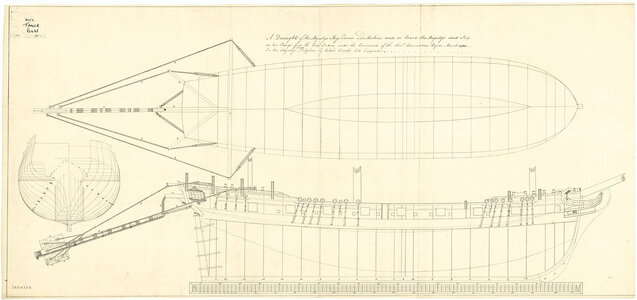
Tamar (1758)
Scale: 1:48. Plan showing the body plan, an outboard profile and plan view of the Tamar (1758), a 16-gun ship sloop. The plan specifically illustrates the jury rudder made on the return voyage to Britain after she lost her rudder through electrolysis between the copper sheathing and iron rudder pintles [see Mariner's Mirror, volume 87, No. 4 (Nov 2001)].
 www.rmg.co.uk
www.rmg.co.uk
several Jury rudder models are shown in the Rijksmuseum
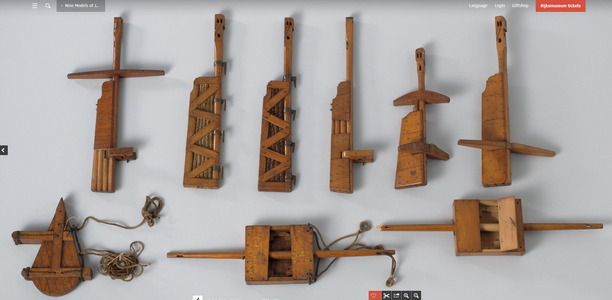
A jury rudder
is a makeshift arrangement to give a ship the ability to steer when it has lost its rudder.
From: jury rig in << The Oxford Companion to Ships and the Sea >>

East Indiaman Henry Addington with a jury rudder

HMS Grafton, fitted with a jury rudder, etc, for her voyage to England, after the storm off Louisbourg, 1757

His Majesty's Ship the Grafton Commodore Charles Holmes, Commander, As she sailed to England with a Machine Constructed instead of her Rudder, which she lost in the late storm off Louisbourgh. Drawn by an Officer

15 November 1811. HMS St. George collides with another ship and sails aground at Rødsand. All masts and the rudder are lost. St. George is freed from the shoal after 30 hours and fitted with jury rig and rudder, made from timber obtained from Cressy. The rudder was of the type devised by Thomas Pakenham.

HMS St George (1785) - Wikipedia

Tamar (1758)
Scale: 1:48. Plan showing the body plan, an outboard profile and plan view of the Tamar (1758), a 16-gun ship sloop. The plan specifically illustrates the jury rudder made on the return voyage to Britain after she lost her rudder through electrolysis between the copper sheathing and iron rudder pintles [see Mariner's Mirror, volume 87, No. 4 (Nov 2001)].
Tamar (1758) | Royal Museums Greenwich
several Jury rudder models are shown in the Rijksmuseum

Last edited:




